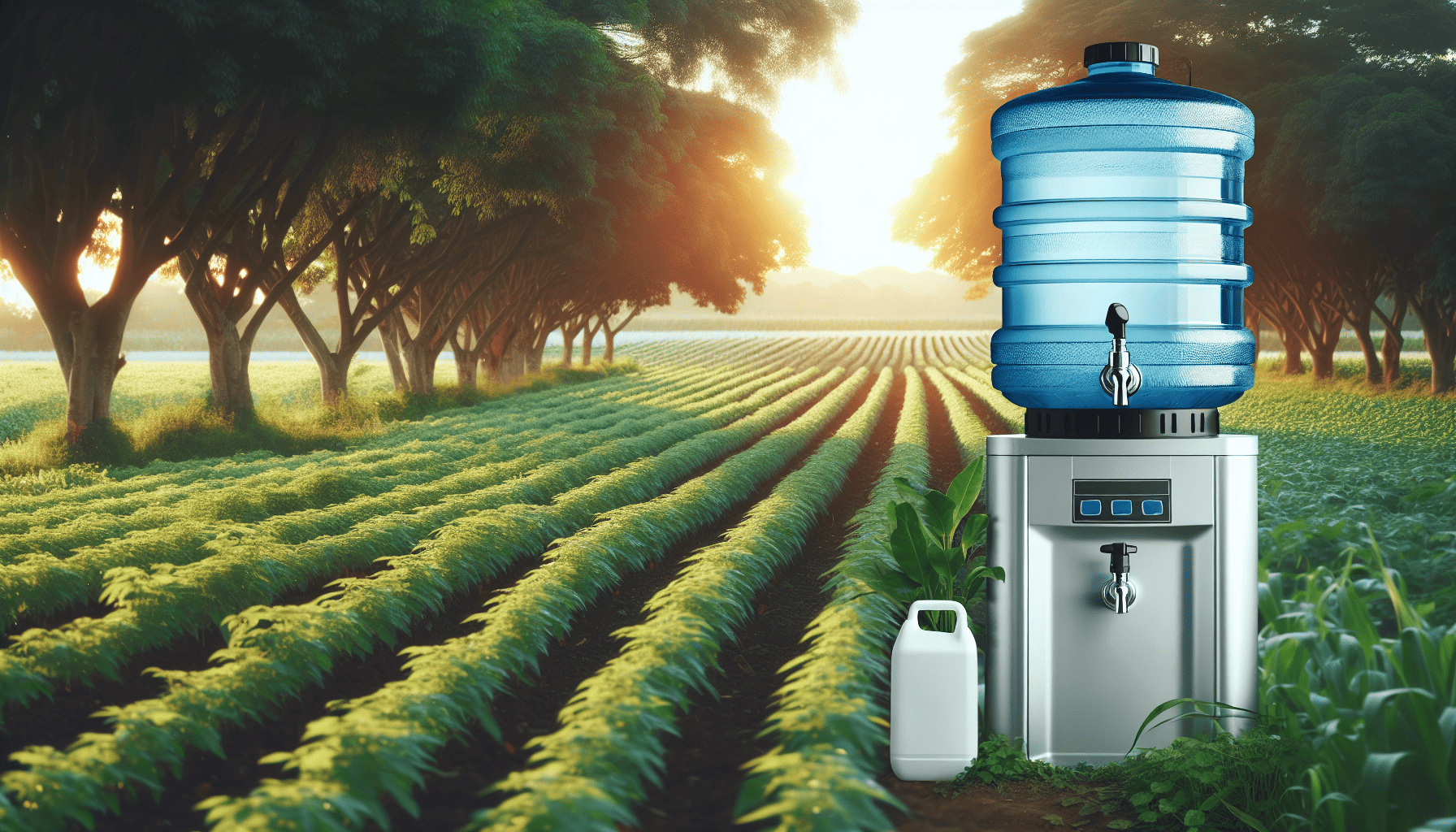In recent years, the demand for eco-friendly products and services has surged as individuals and businesses alike strive to reduce their carbon footprint and promote sustainability. One area that has seen significant innovation is water distribution, particularly concerning the ubiquitous 5-gallon water jug. As more consumers become environmentally conscious, companies are revolutionizing the way these containers impact the planet, offering solutions that balance efficiency with sustainability.
Traditionally, 5-gallon water containers have been made from plastic, a material that, while durable and convenient, poses significant environmental challenges. Plastic production is energy-intensive, and disposal often leads to long-lasting pollution in our ecosystems. Recognizing these challenges, many companies are now exploring alternative materials and processes that minimize environmental harm.
One promising innovation is the use of bioplastics for manufacturing 5-gallon jugs. Derived from renewable biological sources, such as corn starch and sugarcane, bioplastics offer a more sustainable alternative to conventional plastics. They maintain the same strength and durability required for water distribution but are biodegradable and can break down more readily in natural environments. Integrating bioplastics into the production of water containers significantly reduces the dependence on fossil fuels and lowers greenhouse gas emissions, aligning with broader environmental goals.
In addition to material advancements, companies are reimagining the lifecycle of these containers. A circular economy approach is increasingly being adopted, where businesses focus on reusing and recycling resources. Instead of single-use options, consumers are encouraged to participate in return-and-refill programs. This model not only extends the life of each container but also drastically decreases the amount of waste generated, ensuring that each jug remains in circulation for as long as possible before being recycled at the end of its life.
Technological innovations are also shaping the way water distribution systems operate. Smart water dispensers, for instance, are gaining popularity in commercial and residential settings. These devices can be programmed to dispense precise amounts of water, reducing wastage and encouraging conscious consumption. Some models are even equipped with filtration systems that allow consumers to refill their jugs directly from the tap, minimizing the need for transportation and further decreasing carbon emissions.
Moreover, the logistics of distributing 5-gallon water containers are being optimized through more efficient delivery systems and planning. By employing route optimization software and electric or hybrid delivery vehicles, companies are reducing the operational footprint of getting water from source to consumer. Such practices not only conserve fuel but also enhance the overall efficiency of the distribution process, making it more eco-friendly.
Education and consumer awareness also play a crucial role in this revolution. As more information becomes available about the environmental impacts of water distribution practices, consumers are growing more interested in choosing sustainable options. Companies that transparently communicate the benefits and practices associated with their eco-friendly water solutions tend to build stronger relationships with their customers and lead by example in the industry.
In conclusion, the shift towards eco-friendly 5-gallon water solutions reflects a broader movement toward sustainability in resource management. By embracing innovations in materials, logistics, and consumer engagement, the water distribution industry is demonstrating that it is possible to meet consumer needs while safeguarding the environment. This pivotal change not only conserves natural resources but also inspires other sectors to integrate sustainable practices into their operations, paving the way for a more sustainable future.
